Microsoft Unveils Maia 100 Chip: A Deep Dive into AI Innovation
In a groundbreaking move, Microsoft Corporation unveiled its first homegrown artificial intelligence chip, the Maia 100 chip, along with a cloud-computing processor at the annual Ignite conference in Seattle. This strategic step not only marks Microsoft’s foray into the competitive AI computing market but also signifies a pivotal moment in the era of artificial intelligence.
Maia 100 Chip: Powering the AI Revolution
The Maia 100 chip, a key component of Microsoft’s Project Silica, is designed to accelerate AI workloads both in the cloud and on the edge. Built on the RISC-V architecture, an open-source instruction set gaining industry popularity, this chip boasts efficiency with a mere 5-watt power consumption. Its optimization for machine learning models, including natural language processing, computer vision, and speech recognition, positions it as a versatile tool in the AI landscape.
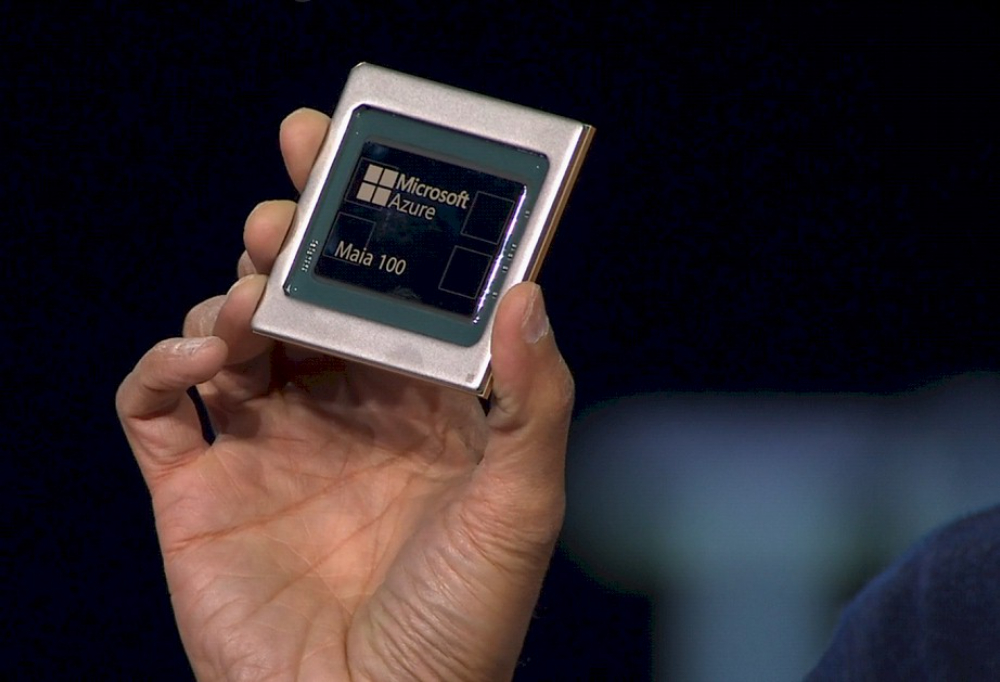
Project Silica: Revolutionizing Data Storage
Beyond its AI applications, the Maia 100 chip is integral to Project Silica, Microsoft’s initiative to develop long-term storage technology using quartz glass. This forward-looking project could potentially redefine how data is stored, offering a reliable and durable solution for the future.
Democratizing AI: Microsoft’s Broader Vision
Microsoft’s foray into AI chip development aligns with its commitment to democratize AI. By making AI more accessible to developers and businesses, the Maia 100 chip plays a pivotal role in this broader vision. Its deployment in Microsoft’s Azure cloud platform further extends its reach, providing businesses with powerful AI and machine learning services.
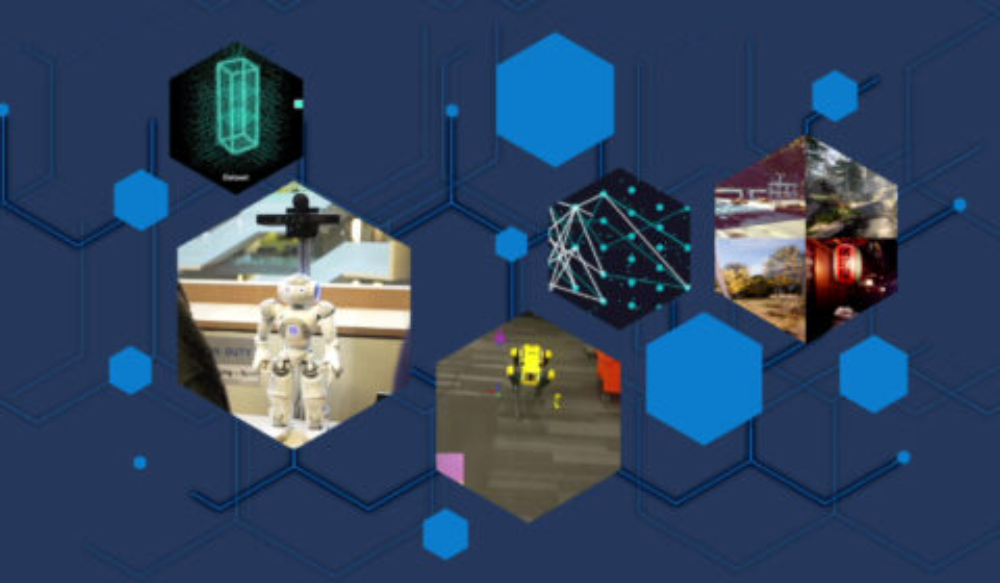
Technical Specifications and Efficiency
With its foundation in the RISC-V architecture, the Maia 100 chip promises not only efficiency but also adaptability. The chip’s low power consumption of 5 watts positions it as an energy-efficient solution, crucial in the context of sustainability and environmental responsibility. Its optimization for various machine learning tasks underscores its versatility, making it a valuable asset for developers and businesses alike.
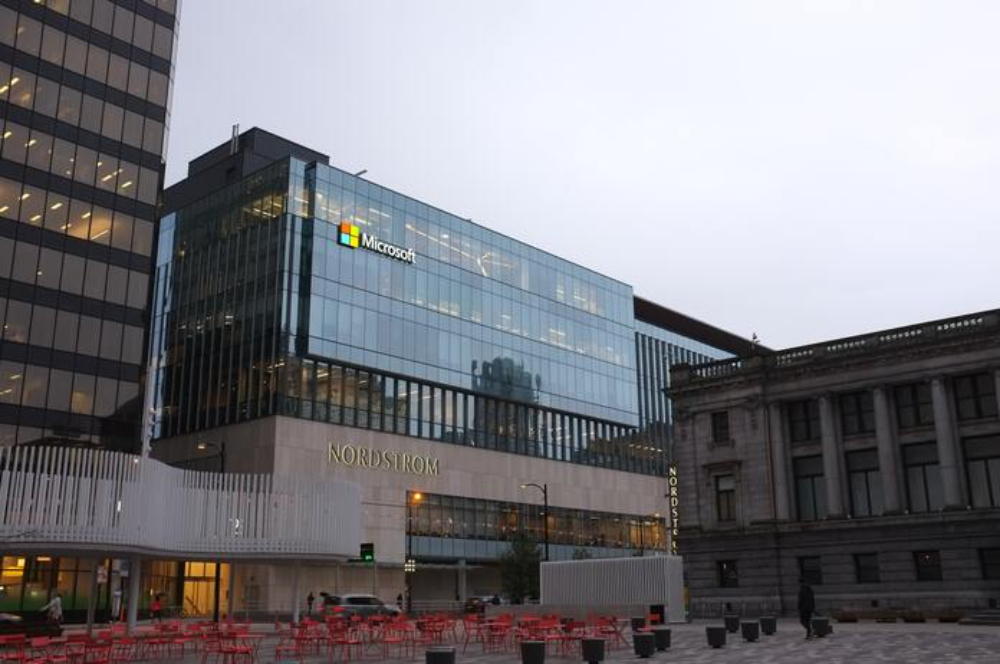
Market Competition and Future Prospects
In a landscape dominated by tech giants like Nvidia, Intel, and Google, Microsoft’s Maia 100 chip enters the market as a formidable competitor. Its potential applications in autonomous vehicles, robotics, and smart cities position it as a versatile solution for diverse industries. The chip’s availability to customers in the coming months signals a new era in AI computing.
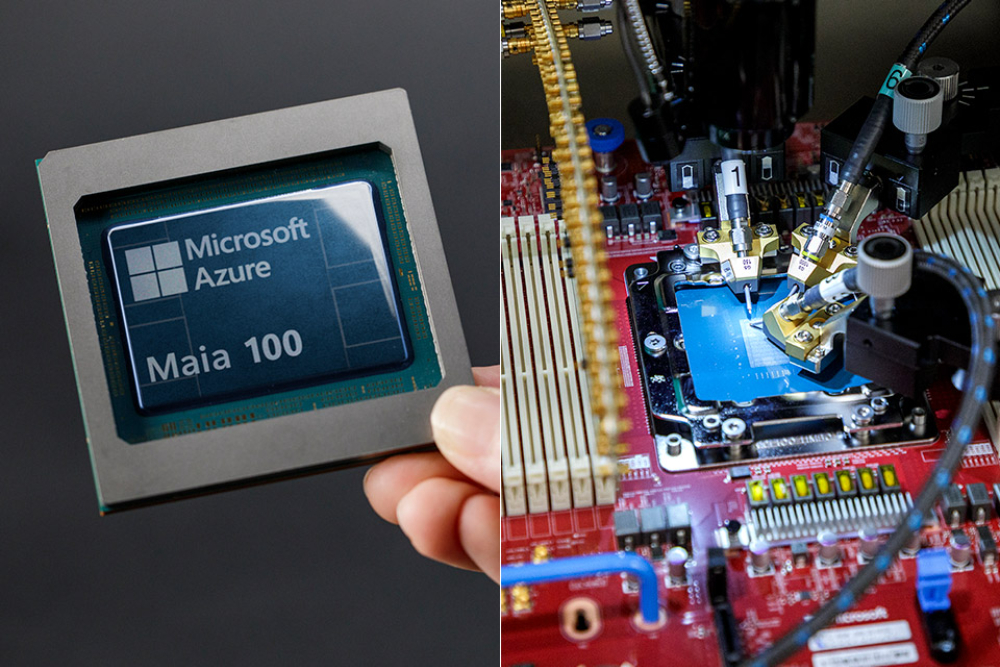
Satya Nadella’s Keynote: Emphasizing the Significance of AI
During the Ignite conference, Microsoft CEO Satya Nadella emphasized the transformative nature of AI, stating that we are entering an era where AI is no longer a novelty but a driver of safety, productivity gains, and real-world product deployment. Nadella’s keynote highlighted the importance of collaboration and the advancement of fundamental computer science, particularly in generative AI.
Responsible AI Development: A Core Pillar
Nadella also underscored the importance of responsible AI development, stressing the need for transparency, accountability, and ethical considerations. Microsoft’s commitment to reducing its carbon footprint and becoming carbon negative by 2030 aligns with the broader industry trend of prioritizing sustainability in technological advancements.
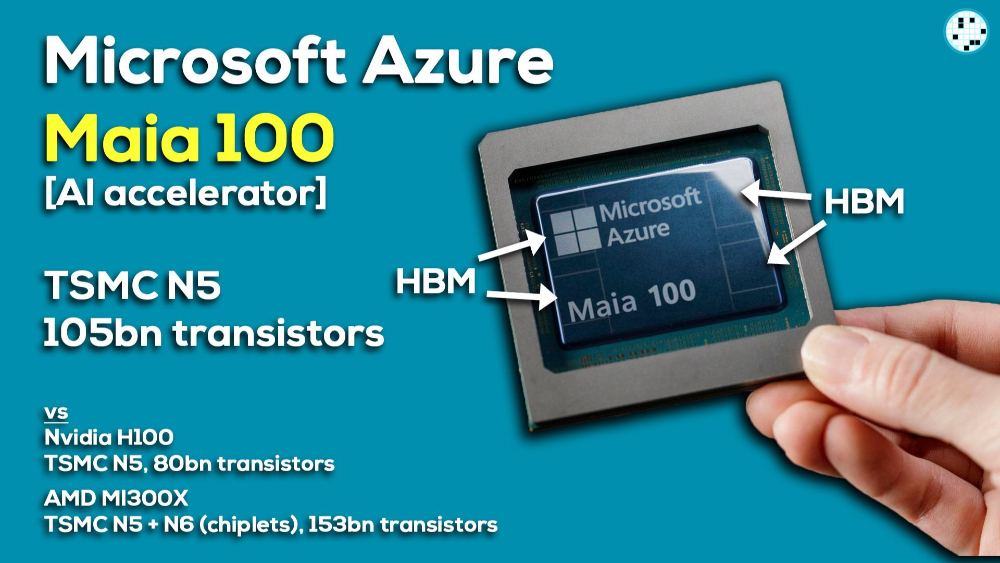
Microsoft’s unveiling of the Maia 100 chip marks a significant milestone in the era of artificial intelligence. As the company takes strides towards more sustainable and equitable technological solutions, the Maia 100 chip emerges as a key player in advancing AI research and development. Its applications extend beyond mere computing power, reaching into the realms of data storage innovation and environmental responsibility. Microsoft’s commitment to democratizing AI, coupled with the technical prowess of the Maia 100 chip, positions the company as a major contender in shaping the future of AI.
